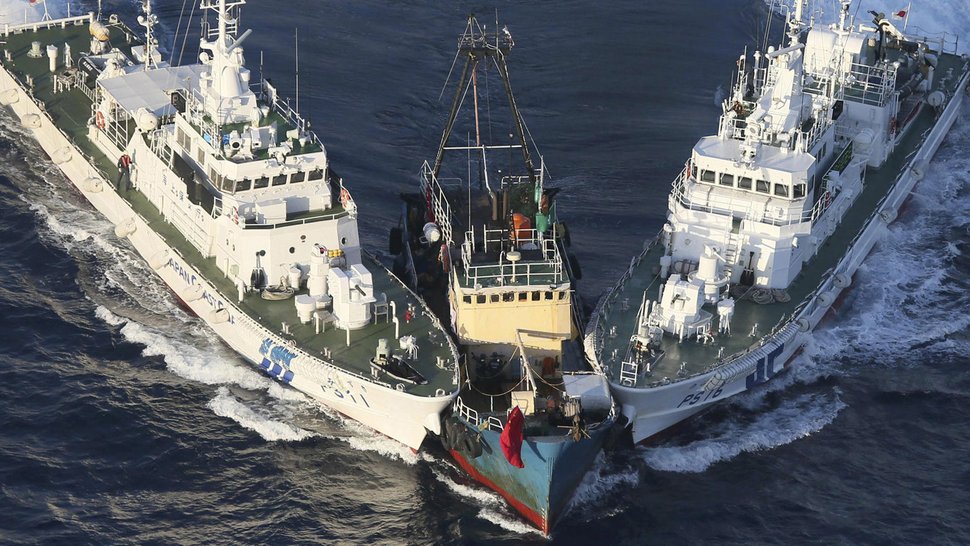
The Senkaku Islands Dispute: Risk to U.S. Rebalancing in the Asia-Pacific?
In September a major diplomatic crisis erupted between China and Japan over a group of five uninhabited islets and three…
Copyright 2024 U.S. Naval Institute. All Rights Reserved.